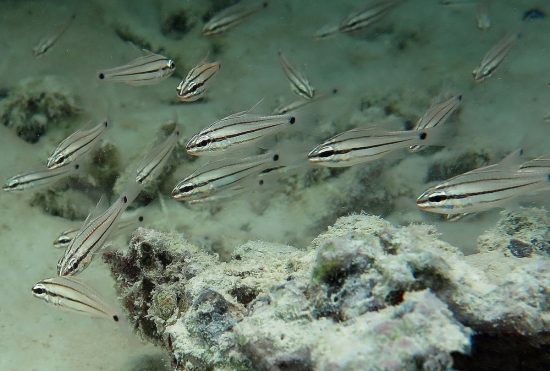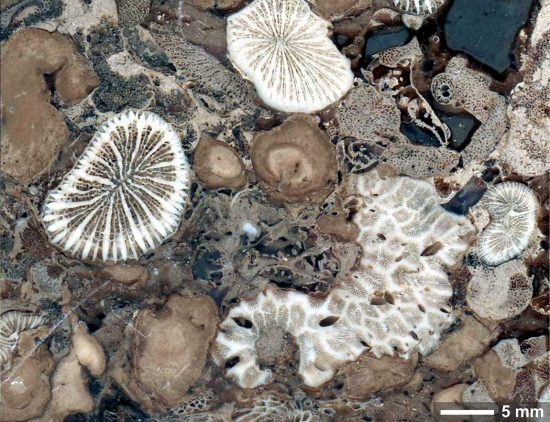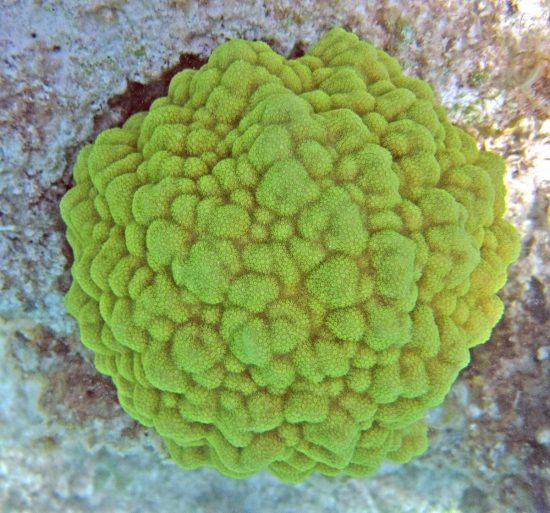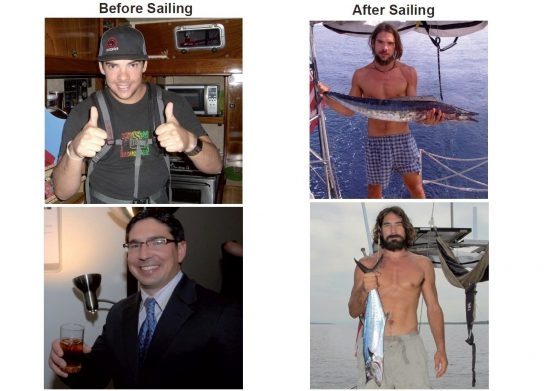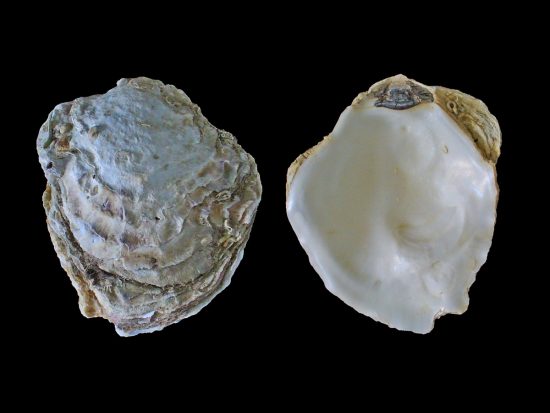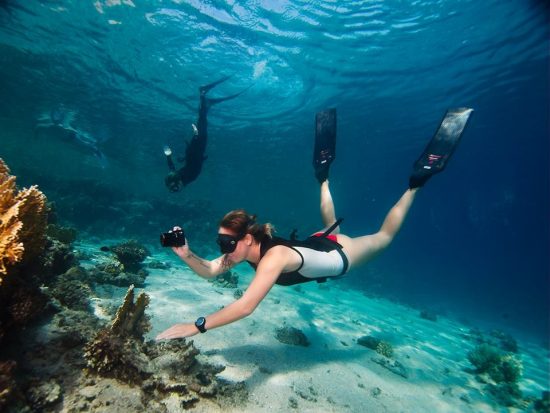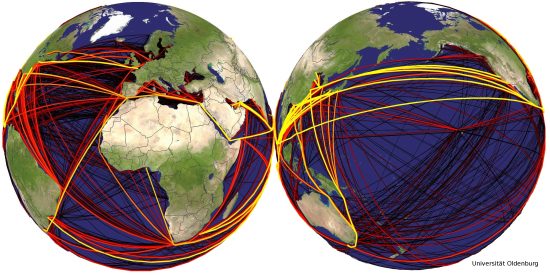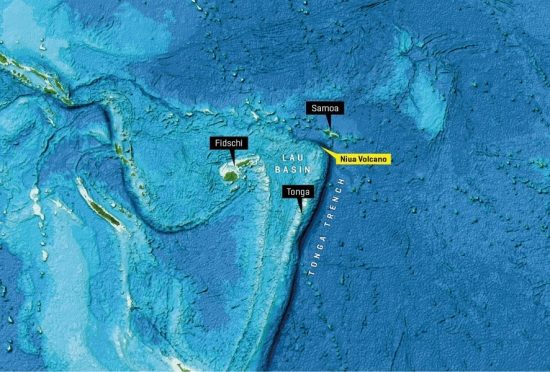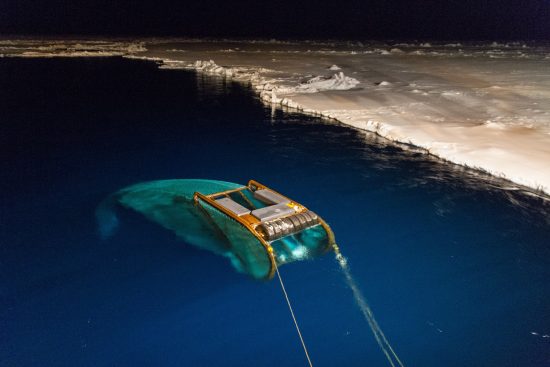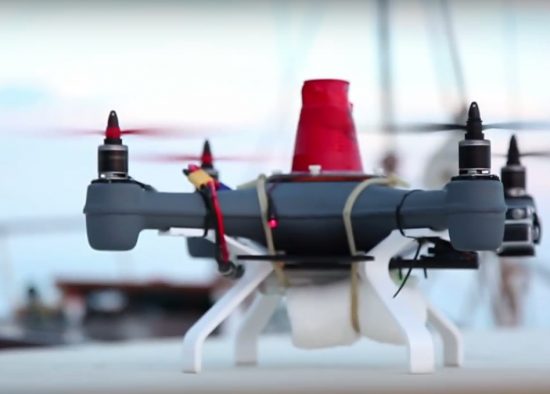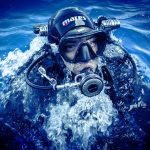
How baby reef fish find their way home at night
by Mares - 24th December 2016
Scientists have discovered that baby reef fish possess an internal magnetic compass that helps them find their way home at…
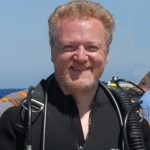
Octopus Casper: Deep-sea octopuses require manganese nodules to lay their eggs
by Herbert - 22nd December 2016
Casper the octopus (and counterparts) threatened by deep-sea miningFor deep-sea octopuses, manganese nodules on the seabed are an important breeding…

Tracing how the relationship between corals and algae began
by Mares - 26th November 2016
How corals met algae: Tracing how their symbiotic relationship startedThe symbiotic relationship between algae and modern corals began more than…

Different coral communities differ in their ability to adapt to new environments
by Mares - 17th November 2016
For the first time, scientists at The University of Texas at Austin have observed separate populations of corals diverging in…
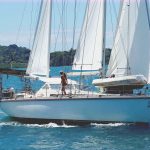
Introducing Delos! A world cruising sailboat! (Part 2)
by SV Delos - 12th July 2016
(Read part 1 here) For Brian and his partner, the moment of reality came in 2008. The research on boats, planning,…

Reintroduction of European flat oysters in German North Sea
by Mares - 30th June 2016
Three-year trial will set up foundation for restoration of species For the first time, the German Federal Agency for Nature…

Pipefish give birth to conjoined twins
by Mares - 27th June 2016
Extremely rare to have two conjoined twins within 24 hours During a routine experiment, researchers at GEOMAR Helmholtz Centre for…

An interview with Katarina Linczenyiova, freediver
by Mares - 10th June 2016
A rising star Katarina Linczenyiova is a rising star in the world of freediving, although she is relatively unknown in…

International shipping routes and invasive species: What’s next?
by Mares - 26th April 2016
Scientists from Oldenburg and Frankfurt have modelled how the global shipping routes leads to the spread of invasive plant and…

Researchers compile 3-D map of hydrothermal field in Pacific
by Mares - 23rd March 2016
Using the latest 3-D camera technology, scientists from GEOMAR Helmholtz Centre for Ocean Research Kiel is investigating a hydrothermal vent…

Gliders collect data on new eddy off Peruvian coast
by Mares - 30th January 2016
In January and February 2013, a subsurface anticyclonic eddy formed in the Peru-Chile Undercurrent, allowing researchers to document the creation…

Billions of juvenile polar cod under Arctic sea ice
by Mares - 14th October 2015
With a newly developed netting gear, marine scientists at the Alfred Wegener Institute managed to catch a large number of…

Drone used to collect whale “sample”
by Herbert - 8th September 2015
Research made possible via crowdfunding The scientists at Ocean Alliance have a mission to study whales in the wild, and…





